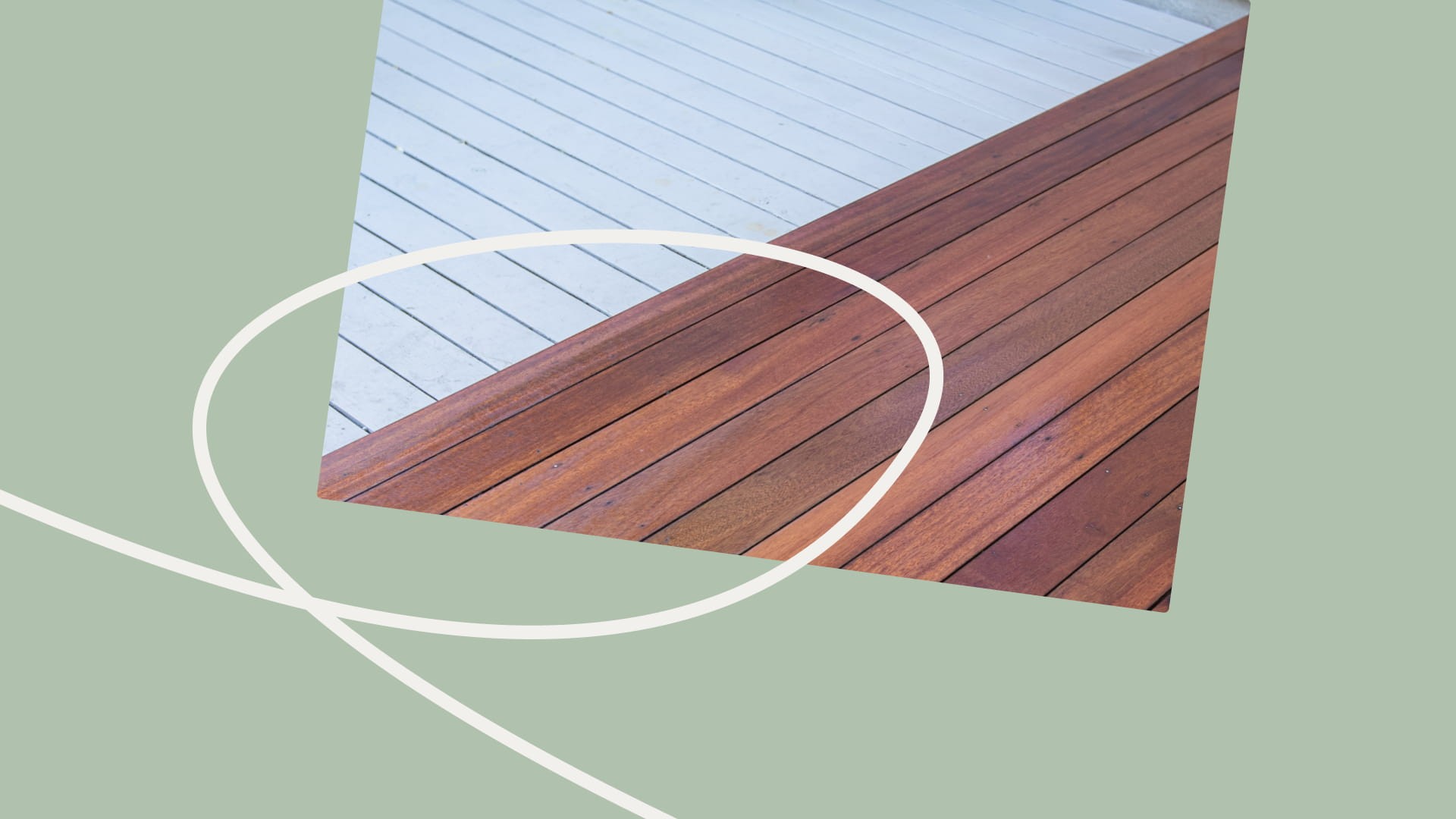Summary: If maximizing resale value is your goal, real hardwood (solid or engineered) still carries the stronger premium with buyers and historically high cost recovery. LVP wins on cost, moisture resistance, and durability—great for basements, bathrooms, and rentals. Below is a practical, New England–specific guide with costs, climate tips, and room-by-room picks.
“Hardwood remains the ‘gold standard’ for resale appeal in main living areas, while LVP shines where moisture and durability matter most.”
Key takeaway: Use real hardwood (solid or engineered) in high-visibility living spaces to maximize perceived value; deploy LVP in moisture-prone rooms like basements, bathrooms, and laundry.
What the data says (ROI, desirability & price impact)
- Hardwood’s resale signal: Many market roundups place hardwood near 70–80% ROI at resale, and agents consistently call it the “gold standard” for value perception. Historical snapshots from industry reports have even shown exceptional cost recovery for wood floors—especially for refinishing.
- 2025 context: Industry reporting continues to highlight very high homeowner satisfaction (often called “Joy Score”) for new wood flooring—a signal that buyers still love the look and feel, which helps showings and days-on-market.
- LVP’s rise: LVP adoption keeps climbing because it’s affordable, tough, and marketed as water-resistant. Builders often spec it in new construction; however, real hardwood generally maintains the stronger resale cachet in most submarkets.
Costs you can plan around (New England ranges)
- Install hardwood: typically $6–$25/sq ft depending on species, width, layout, and finish complexity.
- Refinish hardwood: commonly $3–$8/sq ft if the wood is sound—often the best dollar-for-dollar value before listing.
- Install LVP: often ~$4–$11/sq ft installed (product & labor quality vary).
Quick math: Refinishing 800 sq ft at $3–$8/sq ft costs $2,400–$6,400. If that supports even a ~1–2% bump on a $700k home ($7,000–$14,000), the net can be very strong. Installation math depends on which rooms you upgrade and your local comps.
Pricing note: Refinishing often delivers the strongest near-term ROI when existing wood is structurally sound and aesthetically tired.
New England climate matters (humidity & basements)
New England’s dry winters and humid summers move wood. Aim to keep indoor relative humidity ~30–50% (and 60–80°F) to minimize seasonal gaps; small winter gaps without humidification are normal.
- Basements / flood risk: LVP’s water resistance makes it a safer choice below grade. “Waterproof” doesn’t mean you can ignore a wet subfloor—floods can still force tear-outs to dry the substrate.
Room-by-room picks before you sell
Main living areas (first floor, halls, stairs)
Choose hardwood (solid or engineered hardwood for wider planks/stability). It photographs beautifully and signals quality at showings.
Kitchen
Both can work. Engineered hardwood if you want continuity and top resale appeal; LVP if you have pets/kids and want maximum spill forgiveness. Manage water either way.
Bathrooms & laundry
LVP. Buyers value durability and moisture tolerance here; real wood risks damage over time.
Basements / garden levels
LVP over a sound, dry subfloor with moisture management. Avoid solid hardwood below grade.
Hardwood vs. LVP at a glance
| Factor | Hardwood (solid/engineered) | LVP |
|---|---|---|
| Resale cachet | Highest; timeless, premium | Positive but typically lower than real wood |
| ROI (typical) | Often 70–80%; refinishing can be even stronger | Usually lower; value is durability & moisture resistance |
| Cost (installed) | $6–$25/sq ft | ~$4–$11/sq ft |
| Moisture | Needs RH control (30–50%); not for basements | Water-resistant; better for basements/baths |
| Lifespan | Decades; refinishable | Long-lasting wear layer; not refinishable |
| Look/feel | Real grain, high upgrade signal | Very good visuals; softer underfoot |
Pros & Cons (Toggle Lists)
-
- Premium perception: Signals quality in photos and showings; helps days-on-market.
- Refinishable: Can be renewed to match buyer preferences without a full replace.
- Cohesion: Continuous hardwood on main floors reads upscale and “move-in ready.”
-
- Moisture sensitivity: Not ideal below grade; needs ~30–50% RH for best performance.
- Higher install cost: Typically $6–$25/sq ft installed depending on species and layout.
💡 Tip: If the wood is structurally sound but tired, refinishing at $3–$8/sq ft is often the best value before listing.
-
- Water-resistant: Safer choice for basements, baths, and laundry.
- Budget-friendly: Often ~$4–$11/sq ft installed depending on quality.
- Tough for daily life: Pets, kids, and rentals benefit from the durability.
-
- Lower resale cachet: Typically perceived as less premium than real wood in main spaces.
- Not refinishable: Deep damage usually means plank replacement rather than renewal.
Where Each Shines (Two-Column Summary)
Hardwood (Solid or Engineered)
- Main living areas, halls, stairs for maximum perceived value.
- Continuous layouts to unify mixed rooms before listing.
- Engineered option for wider planks and stability in humidity swings.
LVP (Luxury Vinyl Plank)
- Basements and below-grade spaces (with proper moisture management).
- Bathrooms & laundry where water resistance is critical.
- High-traffic rentals or pet-heavy households needing durability.
When to choose which (decision rules)
- Listing within 6–12 months and wood is sound? Refinish it: fastest resale win for main living areas.
- Mixed floors or heavy damage? Install continuous hardwood on the main floor for cohesion; use LVP in baths/basement.
- Moisture-prone spaces or rentals? Choose LVP (with proper prep). Keep real wood in main living areas if resale cachet matters.
See it in the real world
- Portfolio: before/after refinishes & new installs in MA/NH/ME.
- Engineered hardwood options (stability in humidity swings).
- Vinyl/LVP options (budget-friendly, water-resistant).
FAQs
Which adds more resale value—hardwood or LVP?
Hardwood generally adds the stronger premium with buyers across markets. LVP is valued for practicality but usually carries lower resale cachet than real wood.
What ROI should I expect?
Rule of thumb: hardwood installation often returns ~70–80% of cost, while refinishing can be higher when existing floors are sound. Actual results depend on neighborhood comps, quality, and which rooms you improve.
Is LVP “waterproof”?
It’s highly water-resistant, but flooding still requires drying the subfloor; standing water can force removal to prevent mold.
What humidity should I maintain for wood floors?
Aim for around 30–50% RH year-round; expect minor seasonal gaps in winter without humidification.



